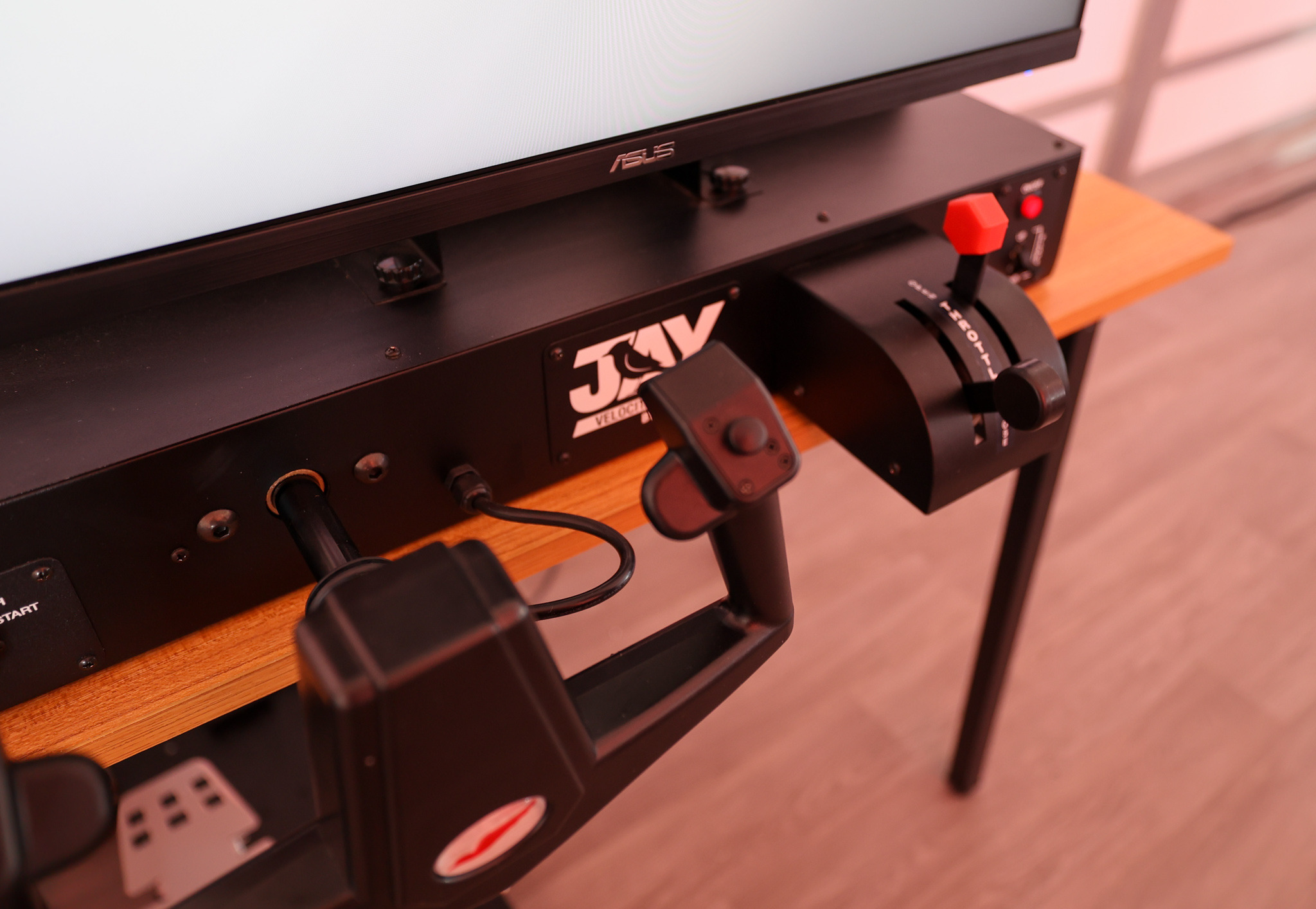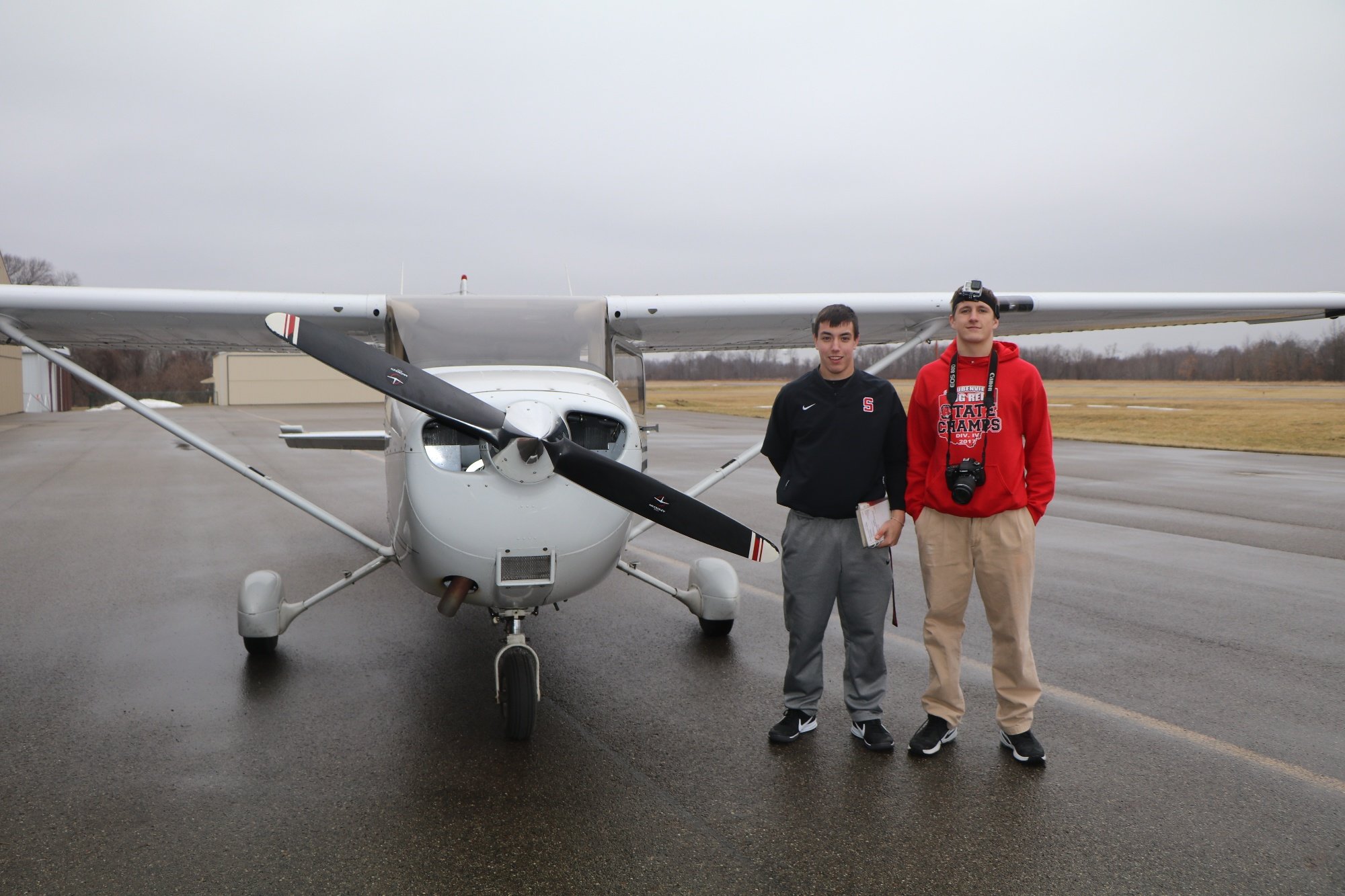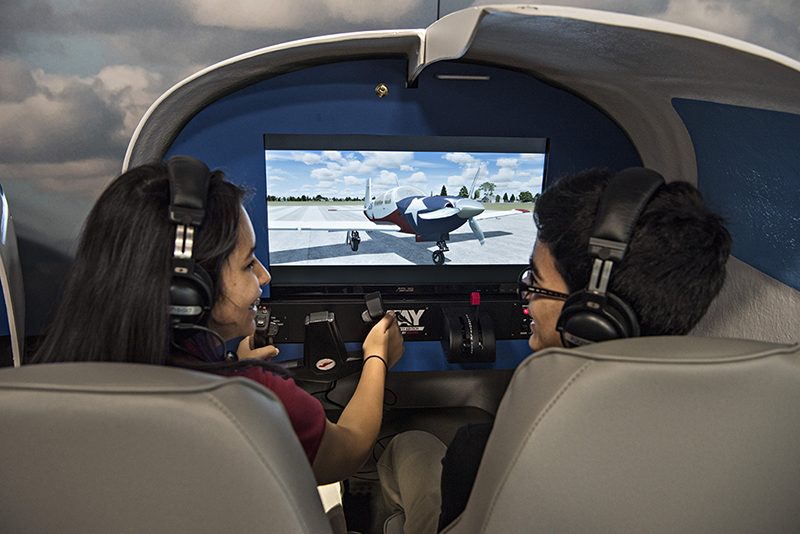Understanding STEM Education through Aviation
No need to convince us. We know airplanes are pretty cool. By bringing aviation into the classroom, students are engaged through interesting and interactive concepts and learning is enjoyable. Here are four fun STEM topics that enhance education by teaching through aviation, with tips to make it hands on and impactful with a flight simulator.
Related: The Impressive Story of 24 Students that “Flew” Around the World
SCIENCE
Weather – Everyone talks about the weather, but through aviation, you get to really understand and apply the science behind it. Pilots pay close attention to the weather – what it looks like now, what is changing, and how that may affect many factors for a flight. Weather influences what altitude to fly at, how much fuel is needed for a safe flight, and which runway is safe to land on.
SIM TIP: During a simulated flight or flights, change various weather characteristics such as temperature and dew point and watch how that changes your flight environment, specifically visibility and cloud cover.
TECHNOLOGY
Human Factors Design – The advanced technology in today’s aircraft is outstanding. But with the abundance of technology and a wealth of information at a pilot’s fingertips, there is the responsibility to ensure that the pilot understands how to use it and operate it all correctly.
SIM TIP: Compare the differences when flying a Cessna 172 with Analog Gauges with a Cessna 172 with G1000 Avionics.
ENGINEERING
Engineering and Physics –There are so many different types of aircraft flying in the sky. As the design of an aircraft changes, so does its characteristics in stability, performance, and mission. Looking at a set of a very different airplanes and seeing how each flies differently can be very fun.
SIM TIP: Compare the flight characteristics of the super maneuverable Extra 300S with the solid Boeing 777.
MATH
Weight and Balance – Calculating an accurate weight and balance and finding the center of gravity for an airplane is very important. Proper understanding and accurate calculations are critical for ensuring an airplane is within acceptable limits, otherwise it may be uncontrollable. Weight and balance calculations become even more challenging knowing that as an aircraft burns fuel in flight, it all changes.
SIM TIP: After reviewing a weight and balance chart for the airplane you are flying, program the flight characteristics to change the weight of the fuel for two flights, one heavy with excess fuel and another flight with a light fuel load. The airplane will have very different takeoff lengths as the weight is changed.
Share this
You May Also Like
These Related Articles

Best Practices for Using a Redbird Jay in the Classroom

STEM Project Sees Students Take Flight
